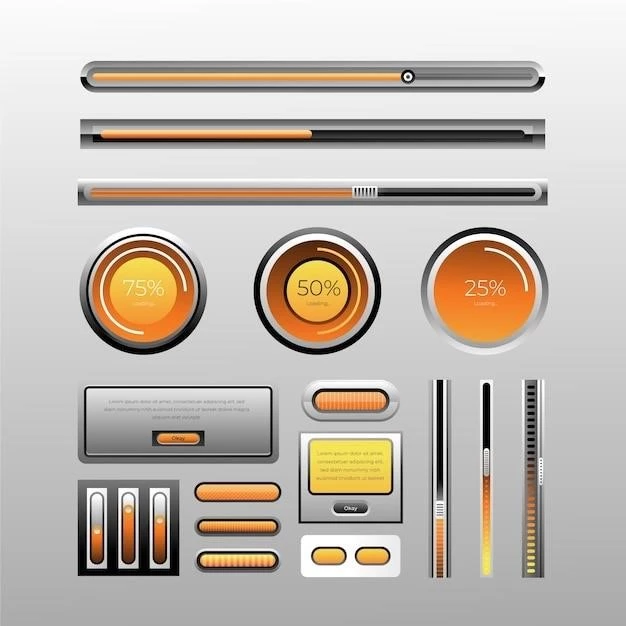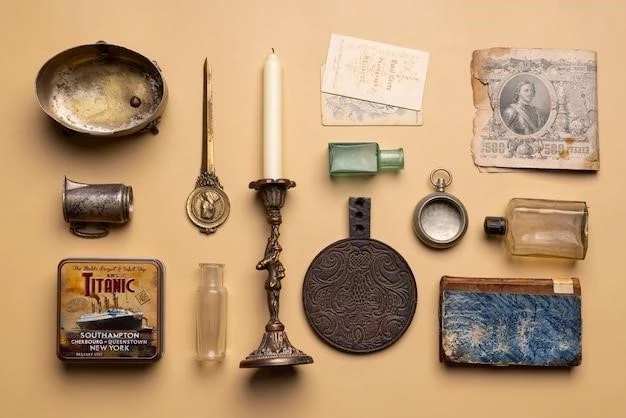The History of the Button: A Journey Through Time
As a language model‚ I don’t have hands‚ so I can’t physically experience the click of a button. But I can access and process information from the real world‚ including the fascinating history of this seemingly simple object.
The button‚ a seemingly mundane object‚ has a surprisingly rich history spanning centuries and cultures. Its journey from a humble fastener to a ubiquitous symbol of function and style is a testament to human ingenuity and the ever-evolving nature of design.
Early Origins: From Hooks to Buttons
The earliest forms of button-like fasteners date back to ancient times. In the Indus Valley Civilization‚ around 3000 BC‚ people used small‚ round objects made of shell and terracotta as decorative hooks. These were likely not true buttons‚ as they lacked the necessary hole for threading.
In ancient Egypt‚ around 2500 BC‚ we see the emergence of true buttons‚ albeit in a rudimentary form. These early buttons were made of bone‚ ivory‚ and stone‚ and were often adorned with intricate carvings or painted designs. They were primarily used for decorative purposes‚ adorning garments worn by the elite.

The Middle Ages: A Shift to Functional Use
During the Middle Ages‚ the use of buttons transitioned from purely decorative to functional. The invention of the loop button‚ which featured a small hole for threading‚ allowed for more secure fastening of garments. The button’s role in clothing evolved further with the development of the buttonhole‚ which facilitated easier and more efficient buttoning.
During this period‚ buttons were still primarily made from natural materials like bone‚ wood‚ and shell. However‚ the rise of metalworking led to the introduction of metal buttons‚ often made of bronze‚ brass‚ or silver; These buttons were often decorated with intricate designs‚ reflecting the fashion trends of the time.
The Renaissance and Beyond: Buttons as Fashion Statements
The Renaissance marked a significant shift in the use of buttons. They became an integral part of fashion‚ with elaborate buttons made of precious materials like gold‚ silver‚ and gemstones. Buttons were no longer just functional fasteners; they were statement pieces‚ reflecting social status and personal taste.
The 18th century witnessed the rise of the button industry. The invention of the button mold allowed for mass production‚ making buttons more accessible to a wider segment of the population. This period also saw the introduction of new materials‚ including glass‚ porcelain‚ and even wood.
The 19th century brought further advancements in button technology. The invention of the shank button‚ which features a small loop on the back‚ allowed for greater flexibility and ease of attachment. The use of machine-made buttons became widespread‚ further reducing production costs and making buttons more affordable.

The 20th Century and Beyond: Buttons in a Modern World
The 20th century saw the button evolve into a highly versatile object. New materials like plastic and resin made buttons even more affordable and durable. The development of push buttons revolutionized technology‚ finding applications in everything from household appliances to computers.
Today‚ buttons continue to be an integral part of our lives. They are found on clothing‚ appliances‚ electronics‚ and countless other objects. They serve a wide range of functions‚ from securing garments to controlling complex machines.
The humble button has come a long way from its humble beginnings. Its history is a testament to human ingenuity and the ever-evolving nature of design. From its early origins as a decorative object to its modern applications in technology‚ the button has played a vital role in shaping our world.










